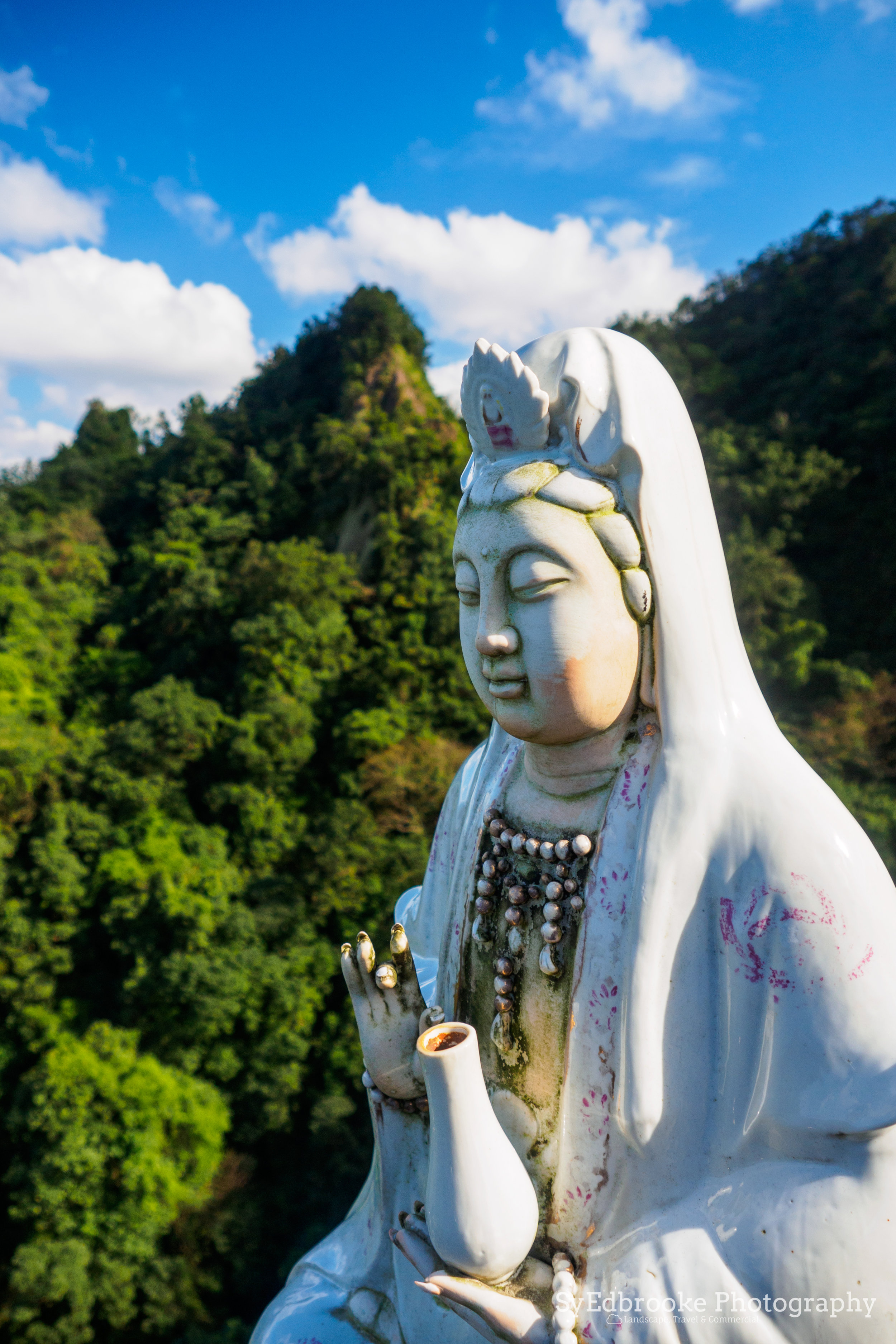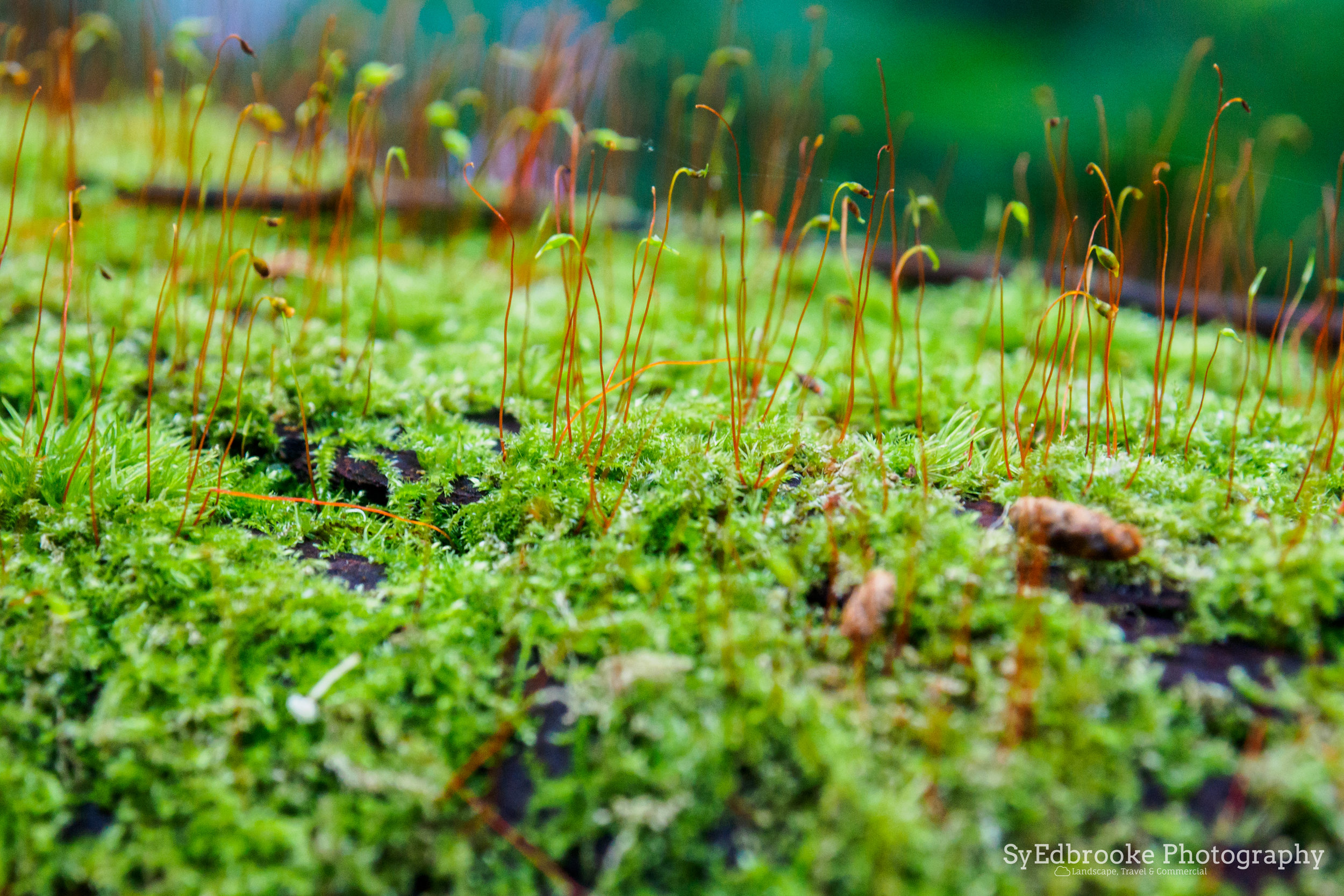Pingxi
Hiking Guide
Pingxi area has some of the most interesting peaks in the greater Taipei area I think. They aren't the tallest mountains you can hike in the area, but they do offer some unique views of the surrounding area. Some of my favorite pictures I've taken in Taiwan, have been in the valleys of Pingxi. The route is fairly well sign posted, but it does require a bit of exploring. I had to guess part of the route on the map diagram, as I couldn't find the forest valley section after Jianshan. That gives you indication of how off the beaten path parts of the hike are. It can be broken down into two separate hikes if you fancy though, the first part is the collection of Pingxi's Three Peaks. They are instantly visible when you exit the train station and are fairly well sign posted.
The smallest of the Peaks, Mt. Xiaozi is a good place to start. The trail winds it's way up the valley that connects all three peaks. It is a short 15 min walk to get to this point. Here you can choose to either take the stairs to the left or right. I prefer to hike left to Xiaozi just because it saves having to backtrack later. The path consists of very steep stairs, that then transition into an interesting ladder climb to get to the peak. It helps If you have a head for heights here, as it can me a tricky climb up. The trails have been made pretty safe with multiple ropes and various climbing aids to hold on to. The first time I hiked here I didn't realize the simple way up was around the back of the rock face. I ended up climbing up the straight vertical rock face with the help of a few dangling ropes and well places nails. I ended up getting about 3/4 of the way to the top, only to realize there wasn't any way to get to the top. After a tricky climb down (which attracted a bemused audience of senior hikers) I realized there was a very simple ladder climb to the top!
The peak itself offers pleasant views of Pingxi area and the valley stretching back towards Keelung.
The trail up to the Three Peaks Valley. f14, ISO 1600, 1/5, 24mm
Halfway up Mt. Xiaozi. f14, ISO 600, 1/60, 24mm
The hikes between each of the Three Peaks are fairly short, but are uphill the entire way. There are stairs cut into the ridge and ropes to hold on to. If the weather has been wet watch your step as the rock can become quite slippy in this section of the hike. After heading down from Mt. Xiaozi follow the path right once you arrive at the T junction. This leads you to the peaks of the two other mountains adjacent to Xiaozi. They are linked by stairs cut into the rock face and ropes to keep a hold of also. At this point you could easily head back the train station with a handful of nice pictures in a relatively short time. Where would be the fun in that though! This guide is all about my first hand experience of exploring and seeing where these small lesser know paths took me. Once you ascend the two peaks opposite Xiaozi, the trail heads off up the ridge and towards Jianshan. This is where the trail really starts to get fun!
the two peaks as seen from Xiaozi. f3.5 ISO 200, 1/500, 24mm (stitched)
A nice little macro shot at the peak of one of the Three. f3.5, ISO 200, 1/160, 24mm
From here the trail becomes trickier to follow. It wraps down around of the peaks then back to to Jianshan ridge. The path is dotted with colored plastic ties left by previous hikers, I guess to ensure people don't get lost in the forest. From this point the initial crowds start to thin out considerably. Many of the tourists tend to stick the Three Peaks and Pingxi station area. This guide is all about exploration and adventure though, so I recommend you seek out those lesser know spots!
A view of Xiaozi from the valley. f3.5, ISO 200, 1/640, 24mm (stitched)
Another panoramic for good measure! f14, ISO 320, 1/60,
The path wrapping down around the rock face towards Jianshan. f14, ISO 1600, 1/10, 12mm
From this point until the ridge at Jianshan, the view is obstructed by thick forest for most of the path. It's a good idea to keep an eye out for the trail markers tied to branches on the trail. If I remember correctly there are one or two signposts at some obvious parts in the path, but these become less common as you head towards the ridge at Jianshan. You might meet the odd fellow hiker along the way, but for the most part both times I have done this hike I've only met one or two other people that far up the trail. It's incredibly peaceful and quiet in this area of the forest, a long way away from the noise and bustle of Pingxi Station.
the afternoon sun streaming through the forest. f14, ISO, 1600, 1/15, 24mm
As the trail nears the top of the ridge at Jianshan it starts to get a little tricky. There are a couple of ropes you'll have to climb up with the help of some of the trees to grab onto. The view improves though as the forest clears, you get brief glimpses of the Three Peaks far below and Pingxi Station. Look close enough and you'll probably spot the odd Chinese lantern being launched. Sadly many of them crash in the surrounding countryside and create quite a bit of litter in the area.
Pingxi valley looking down from Jianshan. f14, ISO 400, 1/80, 24mm
One of my favorite aspects of this hike is to sit down on the ridge itself and enjoy the view in peace and quiet. The peaks closer to the station tend to be so busy, personally I found that it can be tough to really enjoy them. Being out in the middle out of nowhere without anything to bother me is where I'm able to clear my head and relax. Jianshan ridge is a great spot to take a snack, drink and camera and just chill out. On a clear day it has a cool breeze flowing through the valley and over the ridge line.
Here there are some great opportunities for some pleasing panoramic compositions, and the trees naturally frame the mountain ranges in the background. If the haze stays away you can catch a fantastic golden hour light soaking the valley below Jianshan. This is where I happened to take one of my favorite pictures of all time I've captured in Taiwan. More on that later though, The next step is the ascent down from Jianshan ridge. This is one of the most dangerous parts of this hike, as one slip would mean a long fall down. Always try to keep a firm hold of either the ropes or strong trees on the way down. Take your time and go slow, as it is quite a technical part of the trail.
It's not impossible by any means, but it does require a bit of common sense and patience getting down. My advice is to take your time and enjoy the view on the way down. To one side of the trail a crazy ridge is visible, I have no idea what it's called but it looks amazing!
A view looking down from Jianshan ridge. f14, ISO 320, 1/60, 24mm
catching the start of golden hour at the Jianshan peak. f4.6, ISO 200, 1/400, 40mm
After a fairly tough hike down, the trail eventually levels out into the valley below. Here the trail splits off into several different directions. There are some trails that lead to smaller mountains nearby but after hiking this section of the trail the first time I wouldn't recommend it. The visibility is very low and the majority of the peaks are covered in forest. Instead I followed the path to the right, that follows a small stream. It flows through the forest and is surrounded by a lot of interesting compositions. As I mentioned before, this is where I took one my favourite pictures! It's the cover photo for this guide in fact.
There was a patch of pretty little pink flowers that happened to be catching the golden light just perfectly, so I tried to focused on flower heads and isolate them from the background. This resulted a very pleasant bokeh. The picture reminds me of adventure and peacefulness whenever I see it!
The Jianshan valley. f3.5, ISO 1000, 1/60, 24mm
From here the path eventually opens up to the old abandoned mine and railway tracks. The path back to Pingxi train station is clearly sign posted from here on out also. The path loops around and will lead you back to the town after about 25 mins of hiking.
The abandoned mine. f7.1, ISO 1600, 0.5, 24mm
The old railway track. f7.1, ISO 1600, 1/6, 24mm
Once you get back to the town, you have the option of some local spots to grab traditional taiwanese snacks if you are feeling peckish. There is a fairly wide variety of food and drinks on offer here, just be ready to fight the crowd as the weekends are packed here. Getting here is simple enough, you can catch the train to Ruifang then transfer to Taipei Main Station (and vice versa on the way there). It is fairly crowded so I would advise against leaving it too late, but luckily the trains arrive frequently throughout the day.
One last sunset at the train station. f6.3, ISO 200, 1/250, 50mm
On the whole I would say Pingxi is a good place to visit for the first time tourists. It offers some unique insights into the culture here, and some fun activities. For the more seasoned hiker, the lesser know peaks in the area provide excellent views and ample opportunities to explore the local area. From a photographers point of view, I would also give this hike the thumbs up! It has a some dramatic landscapes and pretty valleys, that offer some nice macro compositions.
I hope you found this guide useful, do you have any favourite spots in Pingxi? if so let me know in the comments!
Until next time! :)
Sy Edbrooke




























